Not happy with the way the pictures on your TV look? Poor TV picture quality?
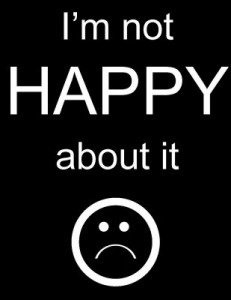 Do you think the television should look better given what you paid for that TV? Aside from cursing the all mighty, what other options do you really have? And you really do have some options so you don’t have to take things lying down.
Do you think the television should look better given what you paid for that TV? Aside from cursing the all mighty, what other options do you really have? And you really do have some options so you don’t have to take things lying down.
Your options listed here range from least expensive to most expensive … in terms of money, but not in terms of your time.
1. Calibration Test Discs – These test discs range in price from “free” to about $40. The programs will help you to set the user controls on the display like the contrast, brightness, color, tint, sharpness, and overscan. The disc won’t do these things for you, as you actually have to follow the instructions. If you understand that stuff well, these controls can be set correctly in less than 5 minutes. Most can’t understand this stuff well and end up doing it wrong. Everyone says they completely understand, but more than half will end up doing it wrong.
2. Calibration Software & Hardware – The next step up from just using the test disc is to get calibration software and hardware to do it all yourself. The software can cost anywhere from “free” to $200-$300 for the enthusiast versions. The hardware can cost $150 on up to $10K and beyond depending on what your budget is. Most DIY’ers end up buying test equipment in the range of $300 to $1000. The $1000 meters are considerably more accurate than the meters at $300 and under. Again, the software and hardware does not calibrate your display automatically. You now have to take the time to learn how to do this through your own research and practice time. It is estimated that you will spend 100+ hours to research and learn. (One of the subscribers to the Video Training series recently mentioned that he learned more from the 7 hour series than spending a year online hunting for articles and reading through forums.) Most DIY’er spend $300 to $500 for these two items. The learning curve is steep in this path since there is always an element of doubt in the learning process since all material is written and has to be interpreted. Did you read it correctly? Did you fully understand what they were writing?
3. Professional Calibration – If you are not up to doing this yourself and you value your time greater than what a professional calibration would cost, then this is the way to go. You can get to the best picture your TV will ever show in one afternoon. This will typically cost you $300 to $500, but the work is done relatively fast compared to doing it yourself. Depending on the professional that you find, the process can take as little as 30 minutes to more than four or five hours. Professionals that educate as part of the process take more time and the client appreciates the end result far more. The test equipment that the professional brings to the table is considerably more costly than what the DIY’er is willing to spend and often more accurate. The calibration cost is usually the highest if you go this route as only one display gets set up. Additional TVs in your home will cost more money, albeit at some level of discounting. (You have to go through the angst of figuring out which calibrator is a good one and which ones are bad. There are many more bad ones than good ones.)
And now the bad news, nothing lasts forever and like tune ups for your car, TVs will change over time and performance will decrease as a result. Depending on the TV you bought and want calibrated, recalibration by a professional would add more costs to this column. Some TVs like plasma sets will hold a calibration for years to make it an effective one time cost. Other TVs like projectors and LCD/LED displays will change significantly over a two year period to merit a further re-calibration.
4. Calibration Software & Hardware and Training – This is the last reasonable option that has only recently become available to the DIY’er. Live training by THX or ISF is always available and will cost at least $1800-$2000 just for the classes alone, not to mention the added travel and lodging costs. DIY’ers on tight budgets probably don’t want to do this. (Although two people actually have done this in the five years that the THX program has been around.)
The hardware and the software costs are still the same as in #2, but the 100+ hours of research and learning is reduced considerably by watching and learning from a professional video training program that can be viewed hundreds of times once purchased. The trade-off here is that the learning curve is considerably easier to manage and there is far less doubt left in the minds of the DIY’er. Video training costs range from $100-150. The choices might be a bit harder if there were many of these programs to choose from, like a whole bunch of books on how to use one particular Nikon camera. Right now there are two; a 90 minute webinar for $100 that teaches you how to use one aspect of the Spectracal software package and a seven hour video series for $150 that teaches the fundamentals of the entire calibration process. So if enthusiasts want to do it themselves and also want to have the confidence that they have done it correctly, options are finally available.
5. Buy Another TV – The most expensive of all the options. Go buy another TV and purchase your way out of this pain you have. Don’t pay for service because you just shouldn’t have to (and then you go off to fine tuning your car and don’t give that a second thought). Keep buying TVs until you find one that is suitable to your tastes out of the box. 😀 Good luck with this one. If a good pro calibrator can make a $400 TV outperform a $3000 TV …
Your options listed here range from least amount of time to most time spent.
- Professional Calibration – 30 minutes to 5 hours …
- Calibration Test Disc – 2 – 3 hours
- Professional Video Training Series – 20 – 30 hours to get up to speed. Includes watching the series twice. (12 hours)
- Self Research and practice. – 100+ hours.
What works best for you? How should I know? You have to figure this part out for yourself.

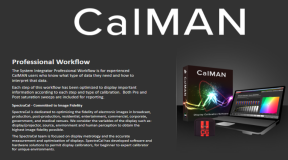
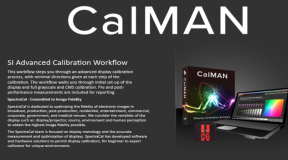
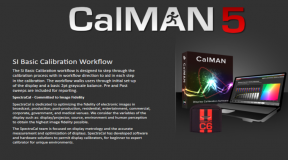
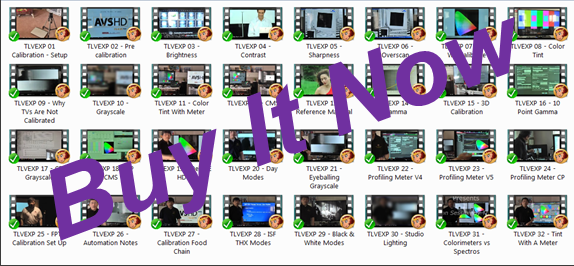
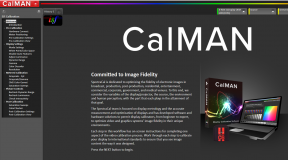
1 Comment
Alan Brown
(April 7, 2013 - 2:56 pm)Marvelous work, Michael! Your site is fast becoming a profoundly helpful reference and resource. Thanks for your diligent and coherent advocacy for understanding video performance.